IMAGINE you have two candidates for a job. They are both of the same sex—and that sex is the one your own proclivities incline you to find attractive. Their CVs are equally good, and they both give good interview. You cannot help noticing, though, that one is pug-ugly and the other is handsome. Are you swayed by their appearance?
Perhaps not. But lesser, less-moral mortals might be. If appearance did not count, why would people dress up for such interviews—even if the job they are hoping to get is dressed down? And job interviews are turning points in life. If beauty sways interviewers, the beautiful will, by and large, have more successful careers than the ugly—even in careers for which beauty is not a necessary qualification.
If you were swayed by someone's looks, however, would that be wrong? In a society that eschews prejudice, favouring the beautiful seems about as shallow as you can get. But it was not always thus. In the past, people often equated beauty with virtue and ugliness with vice.
Even now, the expression “as ugly as sin” has not quite passed from the language. There is, of course, the equally famous expression “beauty is in the eye of the beholder”, to counter it. But the subtext of that old saw, that beauty is arbitrary, is wrong. Most beholders agree what is beautiful—and modern biology suggests there is a good reason for that agreement. Biology also suggests that beauty may, indeed, be a good rule of thumb for assessing someone of either sex. Not an infallible one, and certainly no substitute for an in-depth investigation. But, nevertheless, an instinctive one, and one that is bound to redound to the advantage of the physically well endowed.
Fearful symmetry
The godfather of scientific study of beauty is Randy Thornhill, of the University of New Mexico. It was Dr Thornhill who, a little over a decade ago, took an observation he originally made about insects and dared to apply it to people.
The insects in question were scorpion flies, and the observation was that those flies whose wings were most symmetrical were the ones that did best in the mating stakes. Dr Thornhill thought this preference for symmetry might turn out to be universal in the animal kingdom (and it does indeed seem to be). In particular, he showed it is true of people. He started with faces, manipulating pictures to make them more and less symmetrical, and having volunteers of the opposite sex rank them for attractiveness. But he has gone on to show that all aspects of bodily symmetry contribute, down to the lengths of corresponding fingers, and that the assessment applies to those of the same sex, as well.
The reason seems to be that perfect symmetry is hard for a developing embryo to maintain. The embryo that can maintain it obviously has good genes (and also a certain amount of luck). It is, therefore, more than just coincidence that the words “health and beauty” trip so easily off the tongue as a single phrase.
Other aspects of beauty, too, are indicators of health. Skin and hair condition, in particular, are sensitive to illness, malnutrition and so on (or, perhaps it would be better to say that people's perceptions are exquisitely tuned to detect perfection and flaws in such things). And more recent work has demonstrated another association. Contrary to the old jokes about dumb blondes, beautiful people seem to be cleverer, too.
One of the most detailed studies on the link between beauty and intelligence was done by Mark Prokosch, Ronald Yeo and Geoffrey Miller, who also work at the University of New Mexico. These three researchers correlated people's bodily symmetry with their performance on intelligence tests. Such tests come in many varieties, of course, and have a controversial background. But most workers in the field agree that there is a quality, normally referred to as “general intelligence”, or “g”, that such tests can measure objectively along with specific abilities in such areas as spatial awareness and language. Dr Miller and his colleagues found that the more a test was designed to measure g, the more the results were correlated with bodily symmetry—particularly in the bottom half of the beauty-ugliness spectrum.
Faces, too, seem to carry information on intelligence. A few years ago, two of the world's face experts, Leslie Zebrowitz, of Brandeis University in Massachusetts, and Gillian Rhodes, of the University of Western Australia, got together to review the literature and conduct some fresh experiments. They found nine past studies (seven of them conducted before the second world war, an indication of how old interest in this subject is), and subjected them to what is known as a meta-analysis.
The studies in question had all used more or less the same methodology, namely photograph people and ask them to do IQ tests, then show the photographs to other people and ask the second lot to rank the intelligence of the first lot. The results suggested that people get such judgments right—by no means all the time, but often enough to be significant. The two researchers and their colleagues then carried out their own experiment, with the added twist of dividing their subjects up by age.
Bright blondes
The results of that were rather surprising. They found that the faces of children and adults of middling years did seem to give away intelligence, while those of teenagers and the elderly did not. That is surprising because face-reading of this sort must surely be important in mate selection, and the teenage years are the time when such selection is likely to be at its most intense—though, conversely, they are also the time when evolution will be working hardest to cover up any deficiencies, and the hormone-driven changes taking place during puberty might provide the material needed to do that.
Nevertheless, the accumulating evidence suggests that physical characteristics do give clues about intelligence, that such clues are picked up by other people, and that these clues are also associated with beauty. And other work also suggests that this really does matter.
One of the leading students of beauty and success is Daniel Hamermesh of the University of Texas. Dr Hamermesh is an economist rather than a biologist, and thus brings a somewhat different perspective to the field. He has collected evidence from more than one continent that beauty really is associated with success—at least, with financial success. He has also shown that, if all else is equal, it might be a perfectly legitimate business strategy to hire the more beautiful candidate.
Just over a decade ago Dr Hamermesh presided over a series of surveys in the United States and Canada which showed that when all other things are taken into account, ugly people earn less than average incomes, while beautiful people earn more than the average. The ugliness “penalty” for men was -9% while the beauty premium was +5%. For women, perhaps surprisingly considering popular prejudices about the sexes, the effect was less: the ugliness penalty was -6% while the beauty premium was +4%.
Since then, he has gone on to measure these effects in other places. In China, ugliness is penalised more in women, but beauty is more rewarded. The figures for men in Shanghai are –25% and +3%; for women they are –31% and +10%. In Britain, ugly men do worse than ugly women (-18% as against -11%) but the beauty premium is the same for both (and only +1%).
The difference also applies within professions. Dr Hamermesh looked at the careers of members of a particular (though discreetly anonymous) American law school. He found that those rated attractive on the basis of their graduation photographs went on to earn higher salaries than their less well-favoured colleagues. Moreover, lawyers in private practice tended to be better looking than those working in government departments.
 Illustration by Brett Ryder
Illustration by Brett RyderEven more unfairly, Dr Hamermesh found evidence that beautiful people may bring more revenue to their employers than the less-favoured do. His study of Dutch advertising firms showed that those with the most beautiful executives had the largest size-adjusted revenues—a difference that exceeded the salary differentials of the firms in question. Finally, to add insult to injury, he found that even in his own cerebral and, one might have thought, beauty-blind profession, attractive candidates were more successful in elections for office in the American Economic Association.
That last distinction also applies to elections to public office, as was neatly demonstrated by Niclas Berggren, of the Ratio Institute in Stockholm, and his colleagues. Dr Berggren's team looked at almost 2,000 candidates in Finnish elections. They asked foreigners (mainly Americans and Swedes) to examine the candidates' campaign photographs and rank them for beauty. They then compared those rankings with the actual election results. They were able to eliminate the effects of party preference because Finland has a system of proportional representation that pits candidates of the same party against one another. Lo and behold, the more beautiful candidates, as ranked by people who knew nothing of Finland's internal politics, tended to have been the more successful—though in this case, unlike Dr Hamermesh's economic results, the effect was larger for women than for men.
If looks could kill
What these results suggest is a two-fold process, sadly reminiscent of the biblical quotation to which the title of this article refers. There is a feedback loop between biology and the social environment that gives to those who have, and takes from those who have not.
That happens because beauty is a real marker for other, underlying characteristics such as health, good genes and intelligence. It is what biologists call an unfakeable signal, like the deep roar of a big, rutting stag that smaller adolescents are physically incapable of producing. It therefore makes biological sense for people to prefer beautiful friends and lovers, since the first will make good allies, and the second, good mates.
That brings the beautiful opportunities denied to the ugly, which allows them to learn things and make connections that increase their value still further. If they are judged on that experience as well as their biological fitness, it makes them even more attractive. Even a small initial difference can thus be amplified into something that just ain't—viewed from the bottom—fair.
Given all this, it is hardly surprising that the cosmetics industry has global sales of $280 billion. But can you really fake the unfakeable signal?
Dr Hamermesh's research suggests that you can but, sadly, that it is not cost-effective—at least, not if your purpose is career advancement. Working in Shanghai, where the difference between the ugliness penalty and the beauty bonus was greatest, he looked at how women's spending on their cosmetics and clothes affected their income.
The answer was that it did, but not enough to pay for itself in a strictly financial sense. He estimates that the beauty premium generated by such primping is worth only 15% of the money expended. Of course, beauty pays off in spheres of life other than the workplace. But that, best beloved, would be the subject of a rather different article.
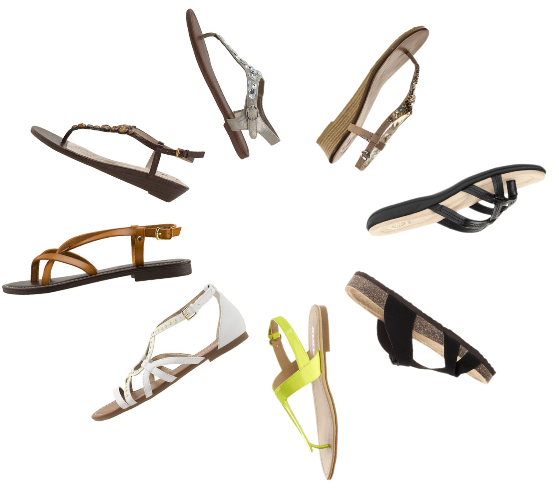
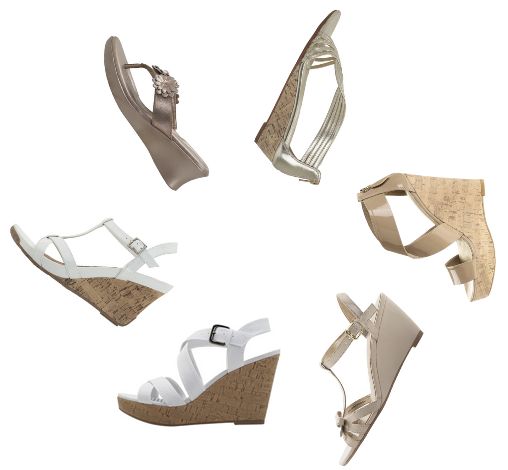
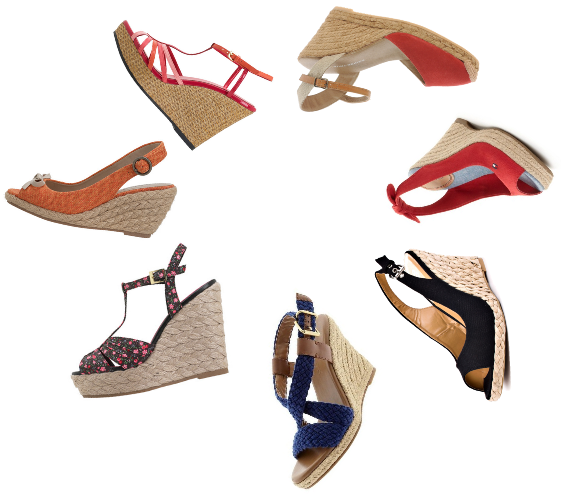




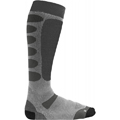 Ski and Snowboard Socks – These socks sit higher than other socks, hitting just below the knee. They won’t ride down your legs and provide cushioning in the shin, arch and ankle. Ski and snowboard socks wick away moisture with either synthetic materials or merino wool.
Ski and Snowboard Socks – These socks sit higher than other socks, hitting just below the knee. They won’t ride down your legs and provide cushioning in the shin, arch and ankle. Ski and snowboard socks wick away moisture with either synthetic materials or merino wool.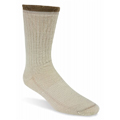
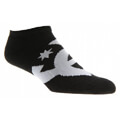 Skateboarding Socks - With a variety of colors, heights and logos, skateboarding socks are the economical answer for everyday wear for the younger generation. They’re typically made from cotton and will serve their purpose throughout the school year and beyond.
Skateboarding Socks - With a variety of colors, heights and logos, skateboarding socks are the economical answer for everyday wear for the younger generation. They’re typically made from cotton and will serve their purpose throughout the school year and beyond.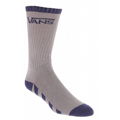 Casual Socks – Sitting right between a technical sock and a cotton sock, casual socks are usually a blend of cotton and synthetic materials. While not quite as efficient at wicking moisture as a hiking sock, casual socks will stay drier and warmer than an all cotton sock. Prints, colors and varying heights are common among casual socks.
Casual Socks – Sitting right between a technical sock and a cotton sock, casual socks are usually a blend of cotton and synthetic materials. While not quite as efficient at wicking moisture as a hiking sock, casual socks will stay drier and warmer than an all cotton sock. Prints, colors and varying heights are common among casual socks. Illustration by Brett Ryder
Illustration by Brett Ryder